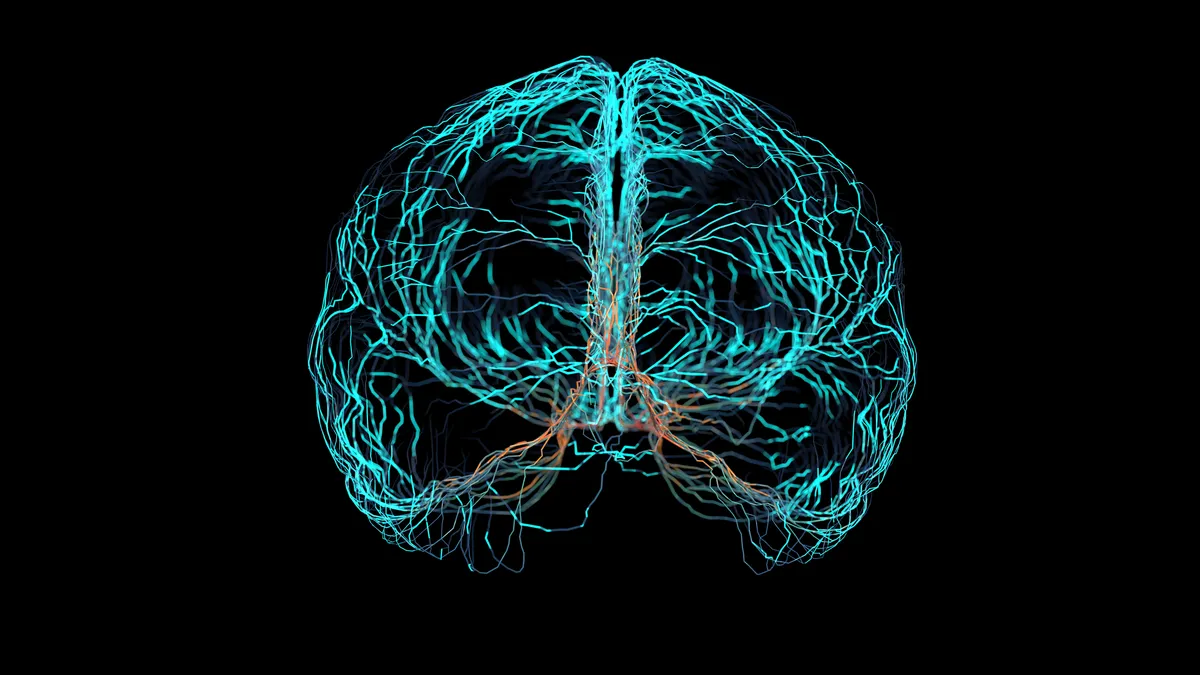Dive Brief:
- Harvesting and storing energy from body movement connected to breathing may eliminate the need to change the batteries in deep-brain stimulators (DBS), a report found.
- Writing in Cell Reports Physical Sciences, researchers describe the use of a biomechanical energy harvester to turn the movement of the chest wall during inhalation and exhalation into power for a DBS device.
- In theory, the technology could end the need for patients to undergo surgery every two to three years to replace the batteries in their devices. However, the technology is still in development with tests in a large animal the next step in the process.
Dive Insight:
While DBS devices can treat neurological and psychiatric diseases, their replaceable batteries necessitate periodic surgeries. Because the devices are energy intensive, the batteries need replacing every two to three years. The batteries are replaced in surgical procedures.
A self-sustaining DBS system would eliminate the cost, burden and risk of procedures to replace expiring batteries. Researchers at the University of Connecticut are trying to develop such a system, as Islam Mosa, a chemist at the organization, said in a statement.
“This is the first system that combines all the pieces; efficient energy harvesting, energy storage and the controlled brain stimulator,” Mosa said. “We demonstrated that our self-sustainable deep brain stimulator can intermittently stimulate the brain tissue by alternating periods of stimulation and periods of no stimulation which is an effective deep brain stimulation approach for treating psychiatric conditions.”
The paper describes the assessment of the system using the motion of an inflated swine lung to charge bio-supercapacitors and a pulse generator to stimulate neurons in mouse hippocampus tissues ex vivo. VoltXon, a company incubated at the university, is commercializing the technology.
Publication of the research comes weeks after the publication of a paper about a pacemaker that is powered by light. While pacemakers have longer battery lives than DBS devices — typically lasting seven to 10 years — they still require replacing. Research into technology, which is yet to be tested in humans, suggests using light to affect the heart could result in a more precise, battery-free approach to pacemakers.












